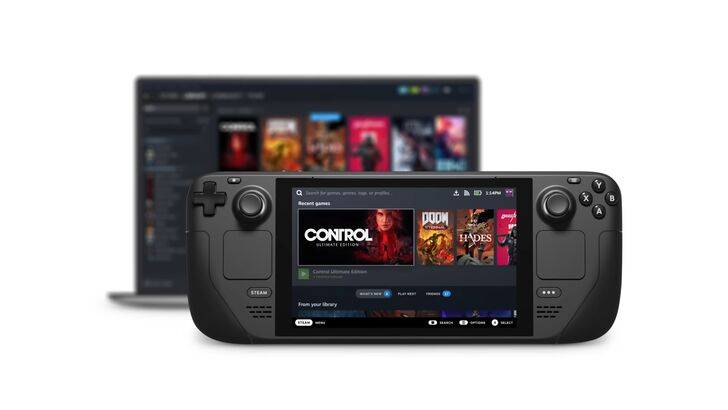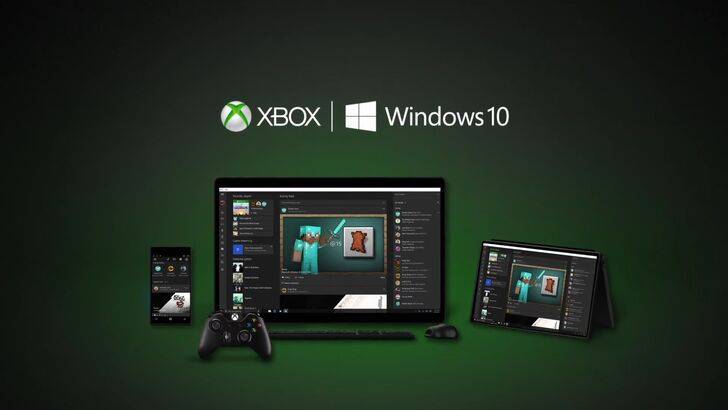Senya’s New Style Enters the Battle Shion’s “Jet Tactician” New Style Also Arrives Earn 50 Chronos Stones as a Reward Wright Flyer Studios has rolled out a fresh update for Another Ed
Author: BrooklynReading:1
 Valve developer Pierre-Loup Griffais recently clarified that SteamOS isn't designed to replace Windows. This article explores Valve's strategy and its implications for the gaming market.
Valve developer Pierre-Loup Griffais recently clarified that SteamOS isn't designed to replace Windows. This article explores Valve's strategy and its implications for the gaming market.
 In a recent interview with Frandroid (January 9, 2025), Griffais addressed the common misconception of SteamOS as a Windows competitor. Responding to questions about whether SteamOS aims to usurp Windows' market share, Griffais stated that their goal isn't to displace Windows users but rather to offer a viable alternative, particularly for gamers. He emphasized that if users are satisfied with Windows, there's no inherent conflict. SteamOS provides choice, not a forced migration.
In a recent interview with Frandroid (January 9, 2025), Griffais addressed the common misconception of SteamOS as a Windows competitor. Responding to questions about whether SteamOS aims to usurp Windows' market share, Griffais stated that their goal isn't to displace Windows users but rather to offer a viable alternative, particularly for gamers. He emphasized that if users are satisfied with Windows, there's no inherent conflict. SteamOS provides choice, not a forced migration.
This perspective stems from a different approach to operating system design, prioritizing gaming experiences and functionality.
 The recent unveiling of Lenovo's SteamOS-powered handheld, the Lenovo Legion GO S, at CES 2025, significantly expands SteamOS's presence. This marks the first time SteamOS, initially launched with the Steam Deck, has been adopted by another manufacturer. While not yet a direct threat to Windows' market dominance, Griffais hinted at future expansion, suggesting that SteamOS's capabilities will continue to grow. This potential growth could force Microsoft to reassess its market strategy.
The recent unveiling of Lenovo's SteamOS-powered handheld, the Lenovo Legion GO S, at CES 2025, significantly expands SteamOS's presence. This marks the first time SteamOS, initially launched with the Steam Deck, has been adopted by another manufacturer. While not yet a direct threat to Windows' market dominance, Griffais hinted at future expansion, suggesting that SteamOS's capabilities will continue to grow. This potential growth could force Microsoft to reassess its market strategy.
 Microsoft's response to the rising popularity of handheld gaming devices like the Switch and Steam Deck, and the expansion of SteamOS, involves integrating the best features of Xbox and Windows. Microsoft's VP of "Next Generation," Jason Ronald, highlighted a focus on player experience and library accessibility. However, details regarding Microsoft's own handheld device remain scarce. For more information on Microsoft's plans, check out our related news article.
Microsoft's response to the rising popularity of handheld gaming devices like the Switch and Steam Deck, and the expansion of SteamOS, involves integrating the best features of Xbox and Windows. Microsoft's VP of "Next Generation," Jason Ronald, highlighted a focus on player experience and library accessibility. However, details regarding Microsoft's own handheld device remain scarce. For more information on Microsoft's plans, check out our related news article.
 LATEST ARTICLES
LATEST ARTICLES